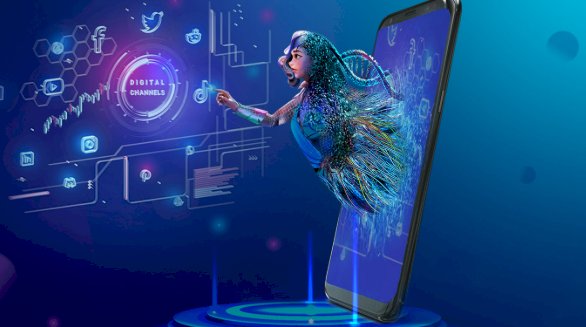How AI Mascots Make User Experience Better

In the evolving digital landscape, brands are constantly seeking new ways to enhance user experience (UX). One of the most innovative trends gaining traction is the use of AI-powered mascots. These virtual characters go beyond traditional chatbots by blending artificial intelligence with human-like personality, offering users a more engaging, intuitive, and emotionally resonant interaction. AI mascots are redefining the way users connect with brands—making digital experiences not only smarter but also more memorable.
What Are AI Mascots?
AI mascots are animated or avatar-based virtual assistants designed to represent a brand while interacting with users using natural language processing (NLP), machine learning, and emotion recognition. Unlike faceless AI interfaces, these mascots are often given names, voices, and unique personalities. Think of them as the friendly faces of smart technology—offering guidance, support, or even entertainment across websites, apps, and digital platforms.
How They Improve User Experience
1. Humanizing Technology
AI mascots bring warmth and relatability to digital interfaces. Instead of dealing with cold, robotic systems, users interact with characters that show empathy, humor, or encouragement. This human touch makes the experience less transactional and more emotional, increasing trust and satisfaction.
2. Simplifying Navigation
Whether it’s a banking app or a healthcare portal, users can easily feel overwhelmed by complex interfaces. AI mascots simplify this by acting as guides—answering questions, suggesting actions, or walking users through multi-step processes. This not only reduces frustration but also speeds up task completion.
3. Providing 24/7 Personalized Support
AI mascots can provide real-time, round-the-clock assistance tailored to each user’s preferences, behavior, and history. They remember past interactions, recommend content, and adjust their tone or responses based on user mood or need—delivering a truly personalized experience.
4. Increasing Engagement
By being interactive, responsive, and often entertaining, AI mascots capture user attention and sustain engagement. Whether through gamified elements, visual expressions, or conversational storytelling, they make interactions more dynamic and enjoyable—helping brands build deeper connections with users.
5. Enhancing Accessibility
AI mascots can improve accessibility for users with disabilities. Through voice recognition, speech-to-text features, or language translation, they help bridge the gap for users who struggle with traditional interfaces—making digital platforms more inclusive.
Real-World Examples
-
Duolingo’s Owl (Duo): This AI-assisted mascot offers reminders, encouragement, and gamified learning feedback in a fun and interactive manner—keeping users motivated to learn languages.
-
Kuki AI: A chatbot with a distinct personality that engages users in human-like conversations while collecting insights and assisting with tasks.
-
Microsoft’s Clippy (Modernized): While the original had mixed reviews, modern iterations of assistant-style mascots are powered by far more advanced AI, making them useful without being intrusive.
Challenges and Considerations
While AI mascots offer numerous UX benefits, brands must be cautious of:
-
Over-personalization that feels invasive
-
Stereotypical or culturally insensitive character design
-
Dependence on AI without a fallback for human support
-
Privacy and data protection concerns
Maintaining the right balance between charm, functionality, and ethics is key to success.
The Future of AI Mascots
As AI evolves, so will digital mascots. Future iterations may use real-time emotional analysis, augmented reality (AR), or even voice cloning to offer deeper interactions. In the age of virtual reality and the metaverse, AI mascots could become personal companions—guiding, educating, and entertaining users across immersive experiences.
Conclusion
AI mascots represent a fusion of technology, design, and psychology—transforming user experience from functional to delightful. By making digital platforms more human, accessible, and responsive, they not only meet user needs but also create meaningful brand connections. As brands look to stand out in crowded digital spaces, AI mascots could be the secret ingredient to winning hearts and clicks.


















